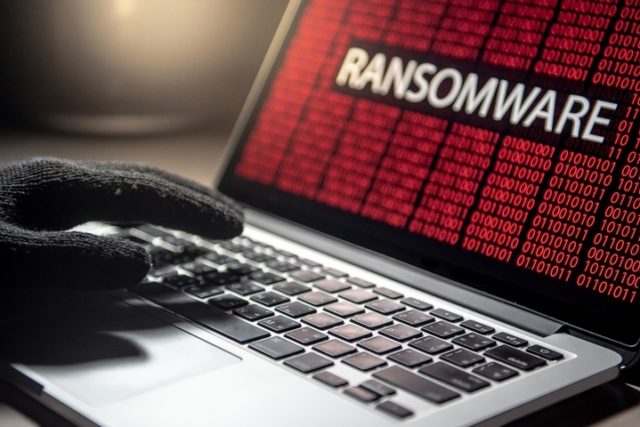One of the greatest fears that we as a society have about being online is being the subject of a ransomware attack. When that happens, the first thought that we have is in regards to ransomware removal.
Is there an effective way to get rid of that ransomware before any damage can be done? There are a few effective ways to effectively detect potential ransomware, making it easier to manage than having to find a removal method
1. Check File Extensions

One of the most consistent methods in which ransomware is downloaded to an unsuspecting computer is through a fraudulent attachment or file extension. More often than not, they come in emails that seem official in nature.
If you aren’t sure whether the attachment is a genuine one, look at the extension. For instance, a normal image file would be .jpg. If the extension has an unusual array of letters, then it is probably some sort of malicious attack on your machine. Don’t click on anything that you can’t be certain on or at least ask the sender to verify its validity.
2. Higher CPU Activity

Perhaps your computer has felt a little bogged down of late. The surest way to check to see if ransomware is possibly running on your machine is to check the disk and CPU activity. If it is higher than normal, it may indicate that there is ransomware running in the background, which would require ransomware removal. If you operate a business, it is recommended to contact cybersecurity experts like Cytelligence for ransomware removal rather than risk doing it yourself.
The more sophisticated ransomware out there can operate in the background without most users noticing. Run your task manager and take a closer look at what your CPU and disk are doing. It is possible that there are just too many programs running but it could be ransomware, too.
3. Your Anti-Virus Goes Off

If you don’t have proper anti-virus software on your computer, you are leaving your entire network susceptible to a potential attack. It is one more safeguard that you can place between your machine and an attack.
Good anti-virus software can detect when there is ransomware on your machine or, in some cases, in extensions that you download. In most cases the software can isolate that ransomware entity and then wipe it from your computer. But without anti-virus, you would be left unawares as to the presence of ransomware somewhere on your machine.
4. Different File Names

If you have been going through your files and some names seem different than you remember them being, you may not be going crazy. Sometimes files can change names and this is due to a malicious program that will change the file name when it becomes encrypted.
When those files are encrypted, it could be an attack that locks files. With those files inaccessible, the attack then asks for compensation in exchange for unlocking those files. If you notice that there is something amiss about your file names, run your anti-virus software to check for any potential infiltrations to your system.






